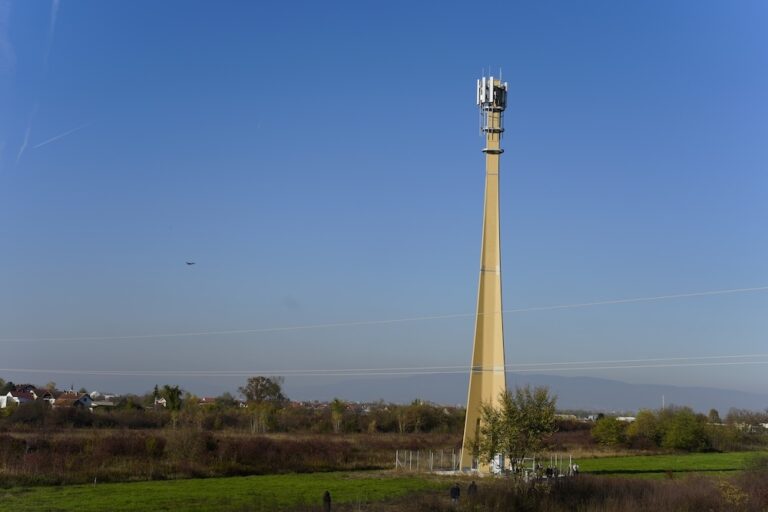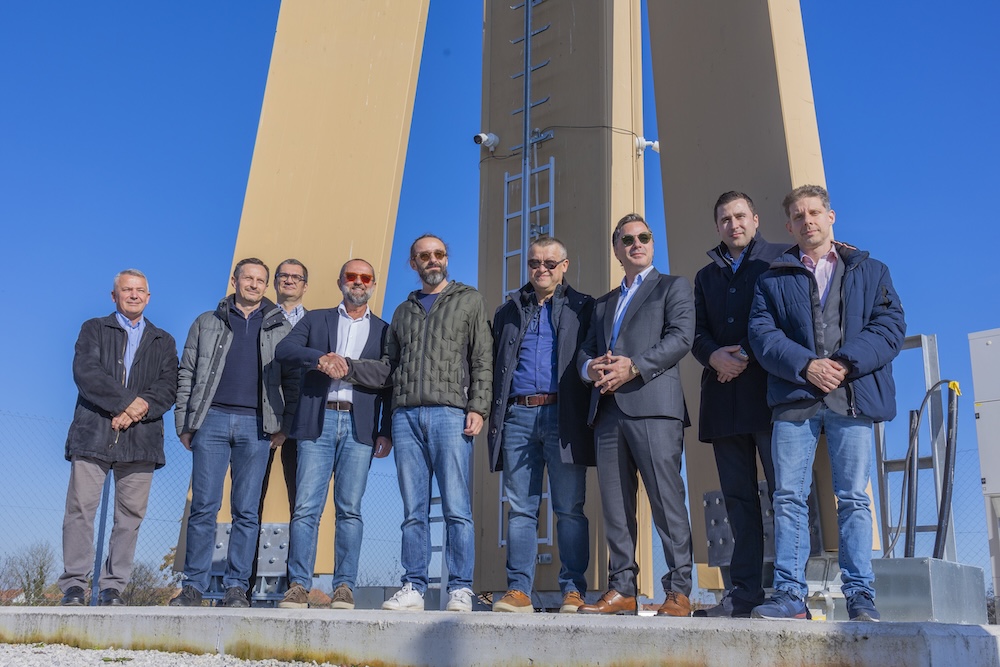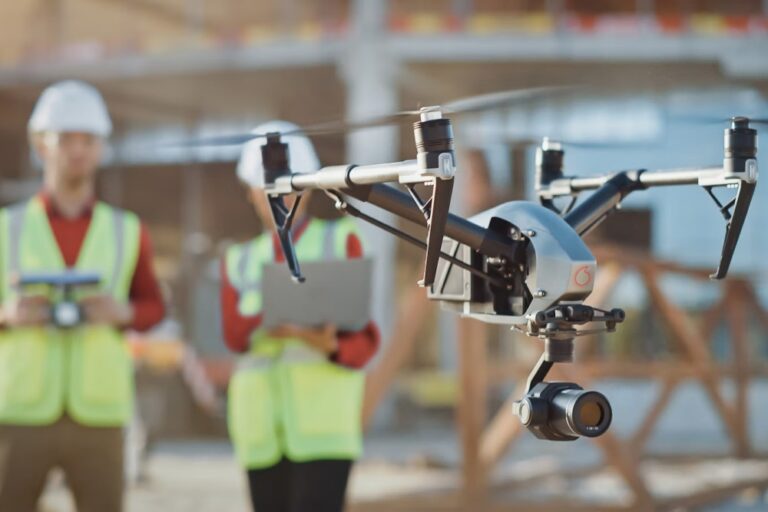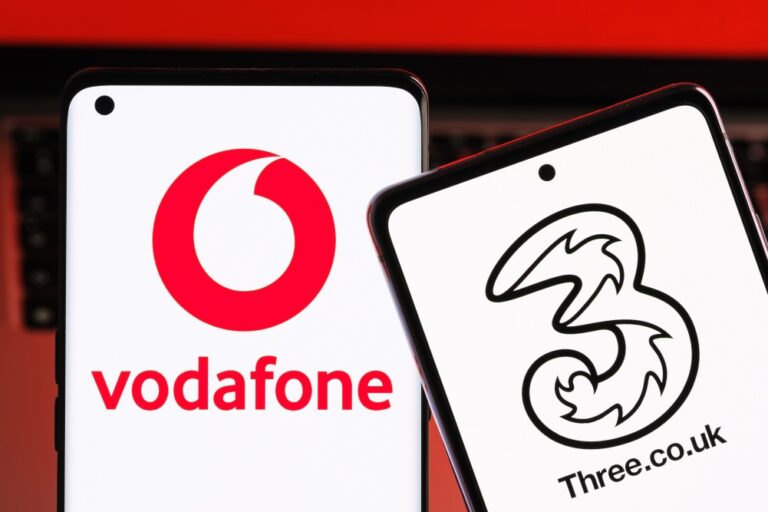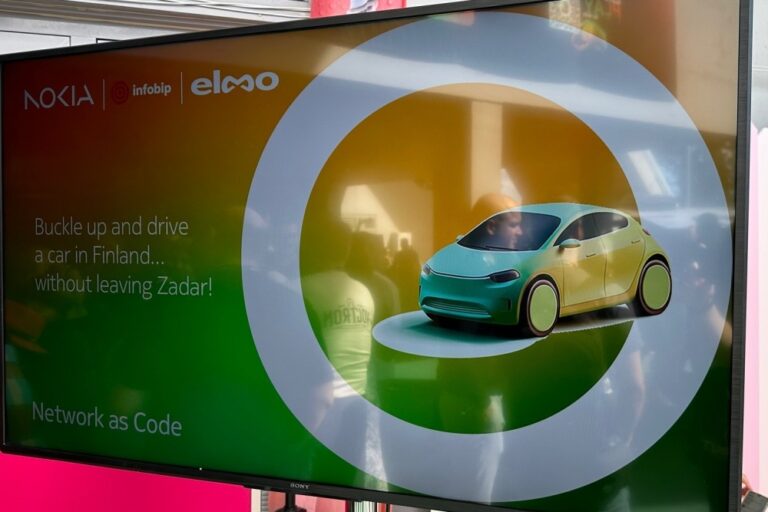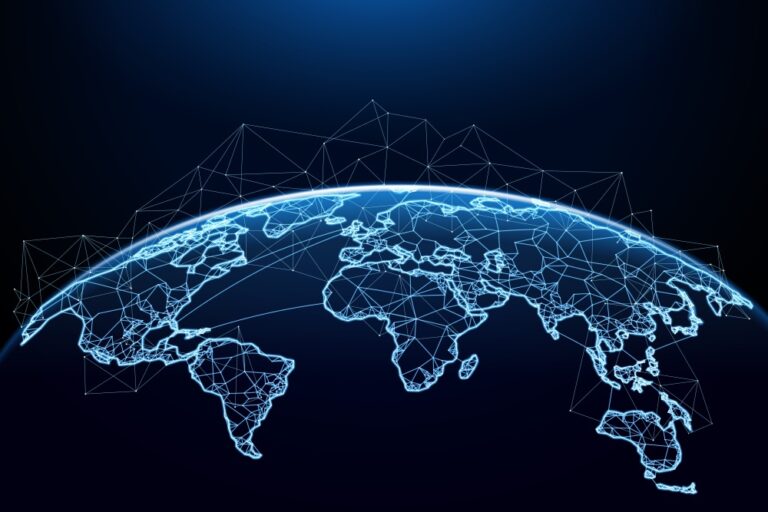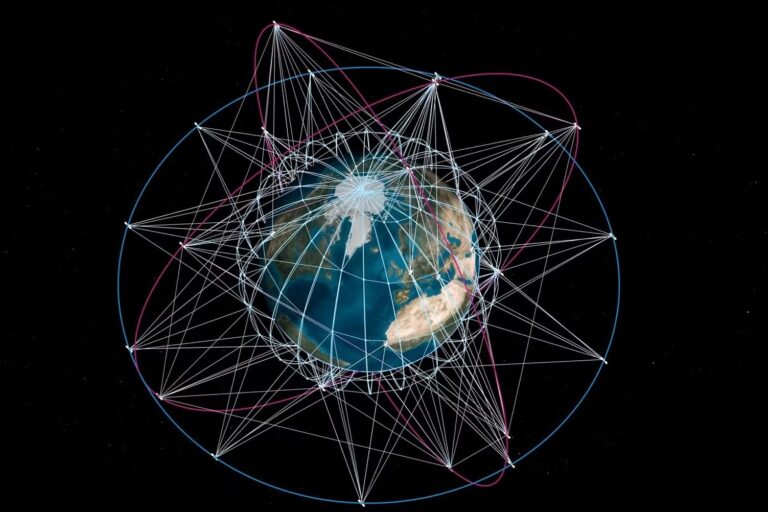Partner content: Once an emerging concept, digital twins have transformed industries by enabling real-time virtual models of physical objects and systems
Imagine testing innovations on a digital replica without disrupting the real-world counterpart — BMW fine-tuning production lines or Thames Water managing leakages in their water networks. These examples highlight how digital twins are reshaping operations and decision-making across sectors, especially in aerospace, defense, urban planning, and telecommunications.
Understanding geospatial digital twins
A digital twin becomes “geospatial” when connected to geographic locations, allowing real-time, map-based visualizations of physical assets. By integrating technologies like IoT, AI, GIS, and cloud computing, geospatial digital twins provide location-specific insights that power accurate decision-making.
The geospatial digital twin market is expected to reach approximately $25 billion by 2026, according to the World Geospatial Industry Council. This growth underscores the importance of geospatial digital twins for industries that rely on real-time, data-driven strategies.
Core technologies behind digital twins
Digital twins rely on a fusion of technologies:
- IoT and sensors: Essential for capturing real-time data to keep digital models updated with current conditions.
- GIS (Geographic Information Systems): Provide location data to anchor virtual assets to physical spaces.
- AI and machine learning: Analyze data to identify trends and support predictive analytics.
- Cloud computing: Facilitates scalability, data storage, and system integration.
- 3D visualization tools: Make complex data easy to interpret, enabling a detailed view of objects in virtual space.
Together, these technologies produce a digital twin that mirrors real-world conditions. Geospatial data adds an extra layer of context, turning digital twins into multi-dimensional models capable of representing events and scenarios with impressive accuracy.
Applications across industries
Digital twins, particularly those with geospatial capabilities, are finding applications in diverse fields. Here are some standout use cases:
Urban planning and development – City planners use digital twins to simulate traffic flow, infrastructure changes, and environmental impacts before implementing new projects. For example, they can model the effects of closing a bridge on traffic patterns, allowing cities to assess and mitigate potential congestion before construction begins. Digital twins help in forecasting the impact of population growth, road changes, or increased energy demands on existing infrastructure, making them invaluable for urban sustainability.
Telecommunications – Telecom providers use geospatial digital twins for network optimization, predictive maintenance, and disaster recovery planning. Detailed, real-time digital models of telecom networks allow companies to monitor equipment performance, plan infrastructure deployment, and detect issues early. For instance, Ericsson’s Site Digital Twin solution lets telecom engineers optimize infrastructure locations with fewer on-site visits, reducing downtime and enhancing safety.
Environmental monitoring – Geospatial digital twins allow scientists and environmental agencies to monitor natural resources and environmental factors like air quality, water levels, and temperatures. Using real-time data, these digital models reveal the impact of human activity on ecosystems and support initiatives to combat climate change. One example is the European Commission’s Destination Earth project, which aims to create a digital twin of the planet to monitor environmental trends and predict natural disasters.
How GIS enhances digital twin capabilities
Geospatial digital twins are powered by GIS, which offers crucial data for mapping digital assets to real-world locations and supports simulation of real-time events. Key GIS functions include:
- Spatial data integration – GIS unifies different spatial data — such as topography, infrastructure, and land use — into a cohesive digital twin.
- Data visualization – Visual representations allow users to explore objects and processes in an interactive map, providing a spatial context that aids decision-making.
- Real-time data monitoring – Real-time updates ensure the digital twin mirrors the latest conditions in the physical world.
- Spatial analysis – GIS data reveals relationships among objects and helps identify trends affecting real-life counterparts.
- Modeling and simulation – GIS-based digital twins can run scenarios for natural events, infrastructure changes, and environmental impact, offering valuable insights.
Through these capabilities, GIS empowers digital twins to simulate conditions accurately, enabling organizations to model changes and foresee impacts before taking action. This is invaluable for proactive planning in industries as varied as urban development and disaster management.
Benefits of geospatial digital twins
Adopting geospatial digital twins provides organizations with numerous advantages:
- Enhanced decision-making – Rich data visualizations and real-time monitoring help leaders make informed choices, whether for city planning or network expansion.
- Cost optimization – Digital twins support early issue detection and proactive maintenance, which saves resources and reduces downtime.
- Sustainability – By analyzing potential environmental impacts, organizations can prioritize eco-friendly practices, contributing to climate action efforts.
- Improved collaboration – Digital twins’ intuitive visual formats make data accessible to both technical and non-technical stakeholders, encouraging broader involvement in decision-making.
- Better risk management – GIS-enabled digital twins aid in disaster planning and response, as real-time data helps companies react to issues and plan recovery strategies effectively.

Source of image: Intellias
Overcoming challenges in digital twin implementation
Despite their promise, digital twins come with implementation challenges, from data quality to security concerns.
High-quality, reliable data from diverse sources (sensors, cameras, LiDAR) is crucial for effective digital twin performance. These real-time data flows between physical and virtual systems also present data privacy risks, making robust security measures essential.
By choosing the right technology partners, investing in scalable systems, and prioritizing cybersecurity measures, companies can mitigate these hurdles. It is important to invest in scalable systems to be able to expand digital twins to cover larger areas or increased data volumes demands additional resources.
Intellias expertise with digital twins
The IntelliTwin platform by Intellias, co-developed with Intel, accelerates digital twin deployment and offers advanced mapping and visualization capabilities. With IntelliTwin, businesses can create digital models of assets and monitor them in real-time. The platform has been recognized by Information Services Group (ISG) for enabling companies to deploy digital twins effectively, achieving cost efficiency and scalability.
IntelliTwin is particularly valuable for industries that require high-detail models, like urban planning and telecommunications. Its ability to generate geospatial datasets and provide real-time updates makes it an ideal choice for organizations looking to benefit from digital twins’ predictive insights and operational efficiencies.
Discover the potential of digital twins
With anticipated market growth to $110 billion by 2028, digital twins are attracting increasing investment and innovation. Industry leaders such as Siemens, NVIDIA, and IBM are actively researching digital twins, enhancing their capabilities with technologies like AI, mixed reality, and big data. As digital twins become more sophisticated and accessible, they’re being adopted in areas beyond manufacturing and urban planning, including environmental science and space exploration.
These advancements indicate that digital twins will become indispensable for organizations seeking a virtual space to plan, test, and validate ideas. By creating a virtual environment for exploration and innovation, digital twins allow companies to test ideas without disrupting real-world operations. Use the technology to design and manage projects with greater precision and environmental consciousness.
If you’re interested in learning how digital twins can transform your business, explore more at Intellias.



